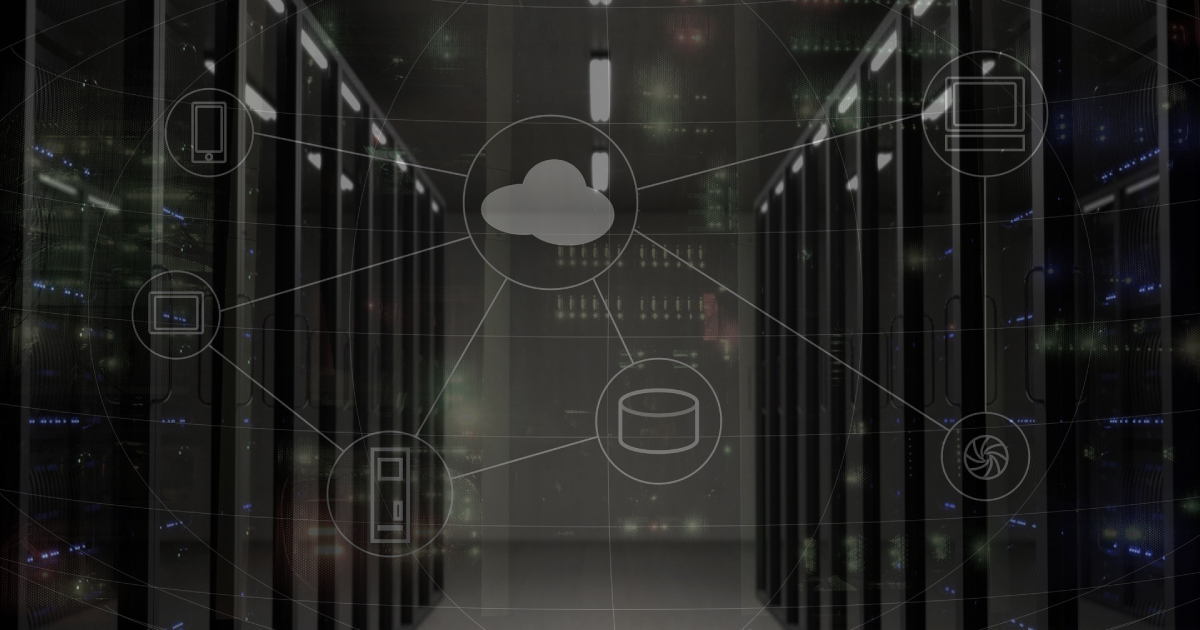The traditional structure of a security operations center (SOC) relies on a model of manual response to incoming threats. For example, Tier 1 specialists provide around-the-clock monitoring and quick response to security incidents.
Meanwhile, Tier 2 provides a deeper analysis of detected exploits. Tier 3 provides guidance for complex cases and looks through telemetry searching for potential threats that haven’t been flagged as suspicious. All these teams together work in synergy, ensuring a solid cybersecurity posture of an organization.
However, cyber-attacks are becoming more technologically sophisticated and massive, powered by automation, machine learning, and wide malicious networks consisting of multiple actors. As a result, traditional SOCs are challenged to withstand a cyber threat pressure that never occurred before.
A viable solution for this situation is to transition to a new SOC model, which is often referred to as next-generation (or next-gen for short) SOC. Let’s have a look at some essential steps that will let a standard cyber team rise to the next level of security preciosity.
Step 1. Cloud

According to an ESG report, 82% of organizations that took part in a survey responded that they are planning to move to a cloud-based environment when it comes to maintaining the operation of their SIEM, EDR, and XDR solutions.
On-premises logging and analytics software is no longer sufficient for processing vast amounts of data generated daily for an enterprise-level SOC team.
The required processing capabilities and storage scalability are possible to obtain by using cloud-based solutions. Moving an entire SOC to a cloud can be a big and not necessarily easy decision so many organizations prefer to use the cloud as an addition to their on-premise infrastructure and gradually move to switch the rest of SecOps to cloud-based environments.
It might seem that every new solution is more expensive than the older one, but when it comes to cloud-based solutions for security, the opposite is true. Using cloud servers can help to save costs on capital as well as operational expenses because providers of this kind of storage offer flexible subscription plans depending on different variables.
Step 2. Third-Party Integrations

Most old-school companies are reluctant to invite third parties to co-manage their security services. At the same time, weighty security solutions like SIEM and SOAR require highly professional staff to make it work right and sometimes more human resources than a typical SOC can handle.
That’s when managed security service providers can help by taking the pressure off the core security team. Services that are being delegated most often are 24/7/365 monitoring, compliance reporting, and remediation orchestration.
Another concern is a lack of timely and accurate security response due to the inability to detect the latest threats. Both standard rules offered by SIEM and machine-learning algorithms are often incapable of precise detection of targeted attacks.
To boot, Tier 2 and Tier 3 responses might be too slow to react, therefore potentially missing the malware that breaches the system. That’s why organizations are increasingly switching to a collaborative cyber defense approach.
For example, SOC Prime’s Detection as Code platform offers a continuously renewing pool of Sigma rules backed by translations to over 20 vendor-specific formats. Thousands of organizations across the world are deploying these rules into their SIEM, and EDR/XDR in just a few clicks, thus saving time and money on research and development.
Additionally, for quick translations of their existing queries, searches, API requests, and filters they can leverage Uncoder.IO, a free online translation tool that instantly converts detections without the need to switch to the SIEM environment.
Step 3. Process Automation

Automation of redundant and relatively easy tasks allows to let the SOC team to focus on more essential threats that require human intervention, custom analytics, and specific decisions. As a result, enterprises can achieve increased SOC workflow performance.
For example, automated processes can do quite well insecurity when it comes to analyzing network traffic, performing correlation of log data, identifying suspicious user behavior, triggering alerts, etc.
In the abovementioned ESG survey, 35% of respondents admitted that process automation in cybersecurity is their immediate priority, while 27% of organizations have already implemented automation of SecOps and security analytics.
Another benefit is that automated playbooks perform the whole cycle of identifying the threat, remediating, alerting, and opening a ticket within seconds of time. Since such processes exceed the human reaction ineffectiveness, enterprises are increasingly looking to turn manual labor into artificial ones wherever they can.
Conclusion
Switching to a next-generation SOC might not be an easy task to accomplish. Typically, all key areas of a security system within an organization need to be revamped, including people, technology, and processes. Surprisingly, teams have a chance to save funds when transitioning to a next-gen SOC, instead of spending too much on an outdated model.
However, a successful renewal depends on a detailed assessment and precise planning that are based on the company’s business needs and strategic goals.
